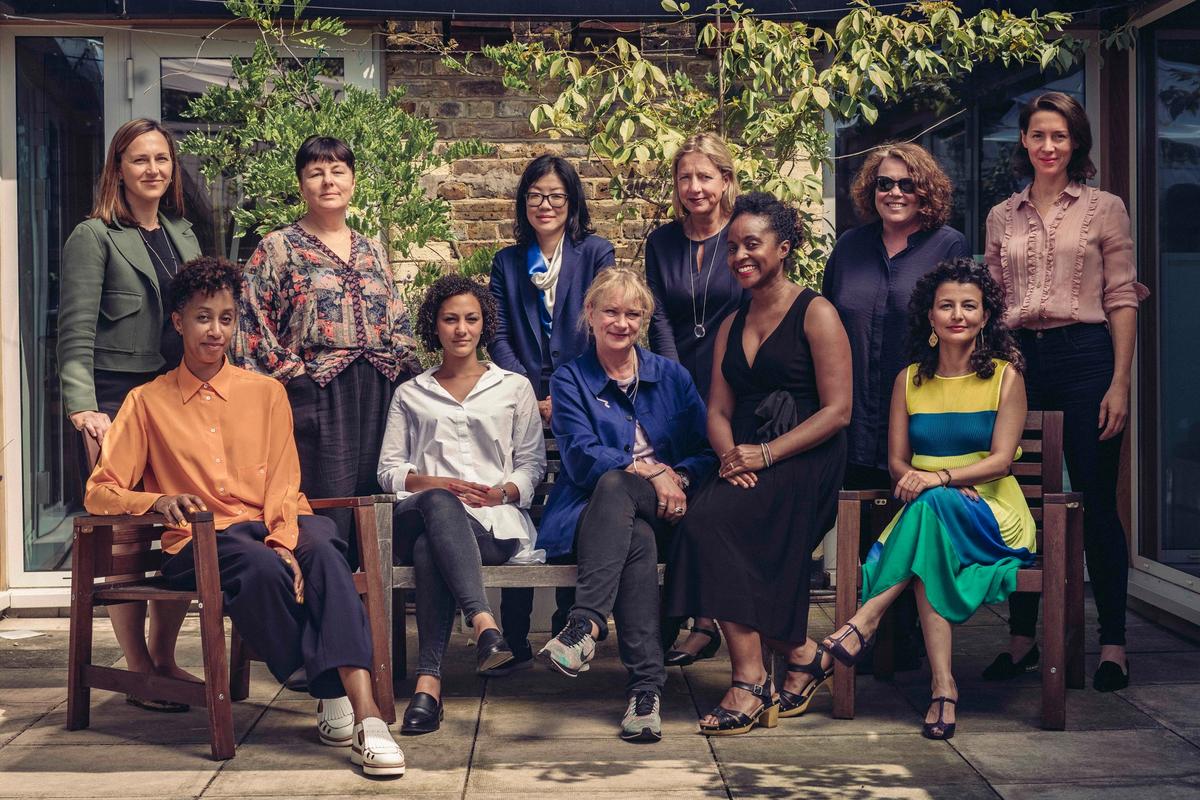Frieze continues to tackle gender inequality with a special exhibition, Social Work, dedicated to female artists who challenged the male-dominated art market of the 1980s.
The participating artists are yet to be announced, but Iwona Blazwick, the director of the Whitechapel Art Gallery, says women such as Jenny Holzer and Cindy Sherman were among those “challenging the idea that genius resided solely in masculinity”. Blazwick is on the 11-strong, all female selection panel alongside Katrina Brown, Louisa Buck, Amira Gad, Jennifer Higgie, Melanie Keen, Polly Staple, Sally Tallant, Fatos Ustek, Zoe Whitley and Lydia Yee.
Blazwick recalls how, when she started out as a curator in the 1980s, there was a return to painting “on an epic scale”, particularly among male artists. The 1981 exhibition, A New Spirit in Painting, at the Royal Academy in London, “did not include a single woman”, Blazwick says.
“While male artists were looking back to Neo-classicism and epic cycle paintings, women were looking to the present and the new future,” Blazwick says. “At that time, there was no market for female artists, there was no way of surviving. Many women were teaching to support their practice.”
Painting and other traditional media were shunned in favour of performance and video art. “Artists such as Jenny Holzer and Cindy Sherman were finding spaces outside of the very museums that had excluded them,” Blazwick says.
The exhibition comes on the heels of Sex Work, an explicit show of nine radical feminists who all encountered censorship at some point in their careers, but found curatorial and commercial favour at last year’s fair. Jo Stella-Sawicka, the artistic director of Frieze art fairs, says sales were made at a range of prices, from around $20,000 to more than $1m for a rare, early painting by Betty Tompkins, a pioneer of feminist art.
However, a report compiled by the curator Marijke Steedman for the Freelands Foundation reveals there is is still much work to be done. The survey found that in 2017 just 22% of solo shows presented by major London museums were by women artists, down by 8% since 2016. However, at institutions outside of London, women have fared much better with that figure rising by 17% since 2016.
According to the report, representation of female artists in the commercial gallery sector has reached a new low, with even fewer women represented or exhibited by the big commercial galleries. In 2017 just 28% of artists represented by London’s major commercial galleries were women, a drop of 29% from 2016.


